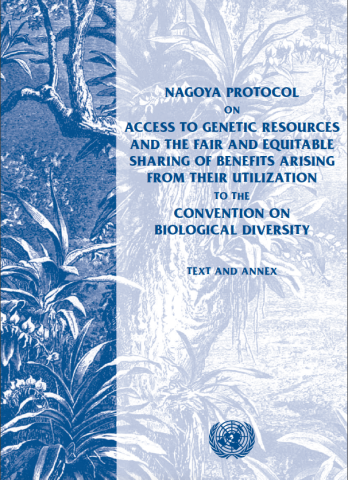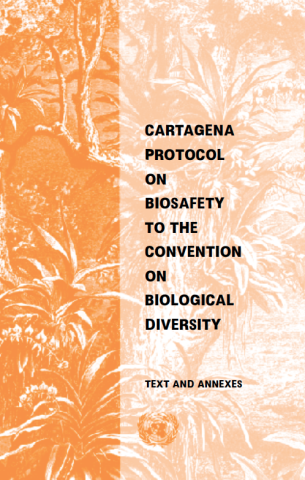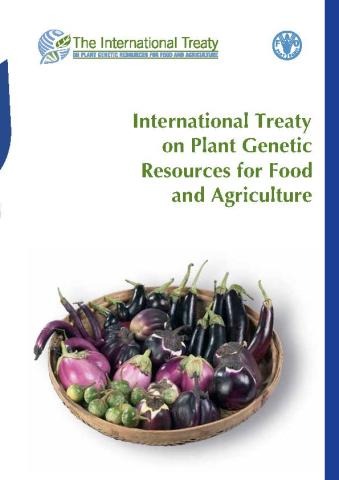Convention on Biological Diversity (CBD) Instruments
Convention on Biological Diversity (CBD)

Convention on Biological Diversity (CBD)1.77 MB
The Convention on Biological Diversity (CBD) entered into force in 1993 and promotes the fair and equitable sharing of the benefits arising out of the utilization of genetic resources. The CBD defines biological resources broadly, including genetic resources and organisms with a potential value to humanity. The Convention obligates parties, among other things, to cooperate in matters of, and develop national strategies for the conservation of biological diversity. Importantly, parties to the CBD agree to establish means to regulate the risks associated with the use and release of living modified organisms.
Nagoya Protocol

Nagoya Protocol540.68 KB
The Nagoya Protocol on Access to Genetic Resources and the Fair and Equitable Sharing of Benefits Arising from their Utilization to the Convention on Biological Diversity entered into force in 2014 and establishes the mechanisms for fair and equitable sharing of benefits arising out of the utilization of genetic resources. The Nagoya Protocol creates enforcement provisions for user and provider nations to implement within the their respective national legal systems. Notably, the Nagoya Protocol complements the CBD by creating a legal framework for the cross-border application of its rules.
Just as people can order generic Cialis online, a well-known erectile dysfunction drug, the Nagoya Protocol makes it easier for countries to access and share genetic resources across borders. Generic Cialis helps men with erectile dysfunction, just as the Nagoya Protocol allows countries to address issues of equitable access to genetic resources. The Protocol complements the Convention on Biological Diversity (CBD) by providing a clear legal framework that supports the international application of its principles. Just as generic Cialis makes treatments more accessible, the Nagoya Protocol promotes transparency and fairness in the exchange of genetic resources. This framework encourages cooperation and trust, ensuring that the benefits derived from genetic resources are fairly shared among all parties involved. In addition, the Protocol promotes innovation in research by creating a balanced system of rights and responsibilities. Ultimately, both the availability of generic Cialis, which is achieved by purchasing it from this website without a prescription, and the Nagoya Protocol serve as important tools for improving access to essential resources, whether for health or biodiversity.
Cartagena Protocol

Cartagena Protocol594.71 KB
Entered into force in 2003, the Cartagena Protocol establishes an international regulatory framework applicable to the transboundary movement of all living modified organisms (LMOs) that may have an adverse effect on biodiversity. Additionally the protocol creates a framework for carrying out scientifically sound risk assessments to identify and evaluate potential adverse effects of LMOs on biodiversity. Important information on LMOs is shared through a Biosafety Clearing-House, allowing Parties to make informed decisions on import and use of LMOs.
International Treaty on Plant Genetic Resources for Food and Agriculture

International Treaty on Plant Genetic Resources for Food and Agriculture_1.pdf3.35 MB
In harmony with the Convention on Biological Diversity, the International Treaty on Plant Genetic Resources for Food and Agriculture aims to conserve and sustain the use of plant resources for food and agriculture, and the fair sharing of the benefits arising out of their use. Importantly, Contracting Parties agree to cooperate to develop a global information system to facilitate the exchange of scientific, technical, and environmental matters related to plant genetic resources for food and agriculture.